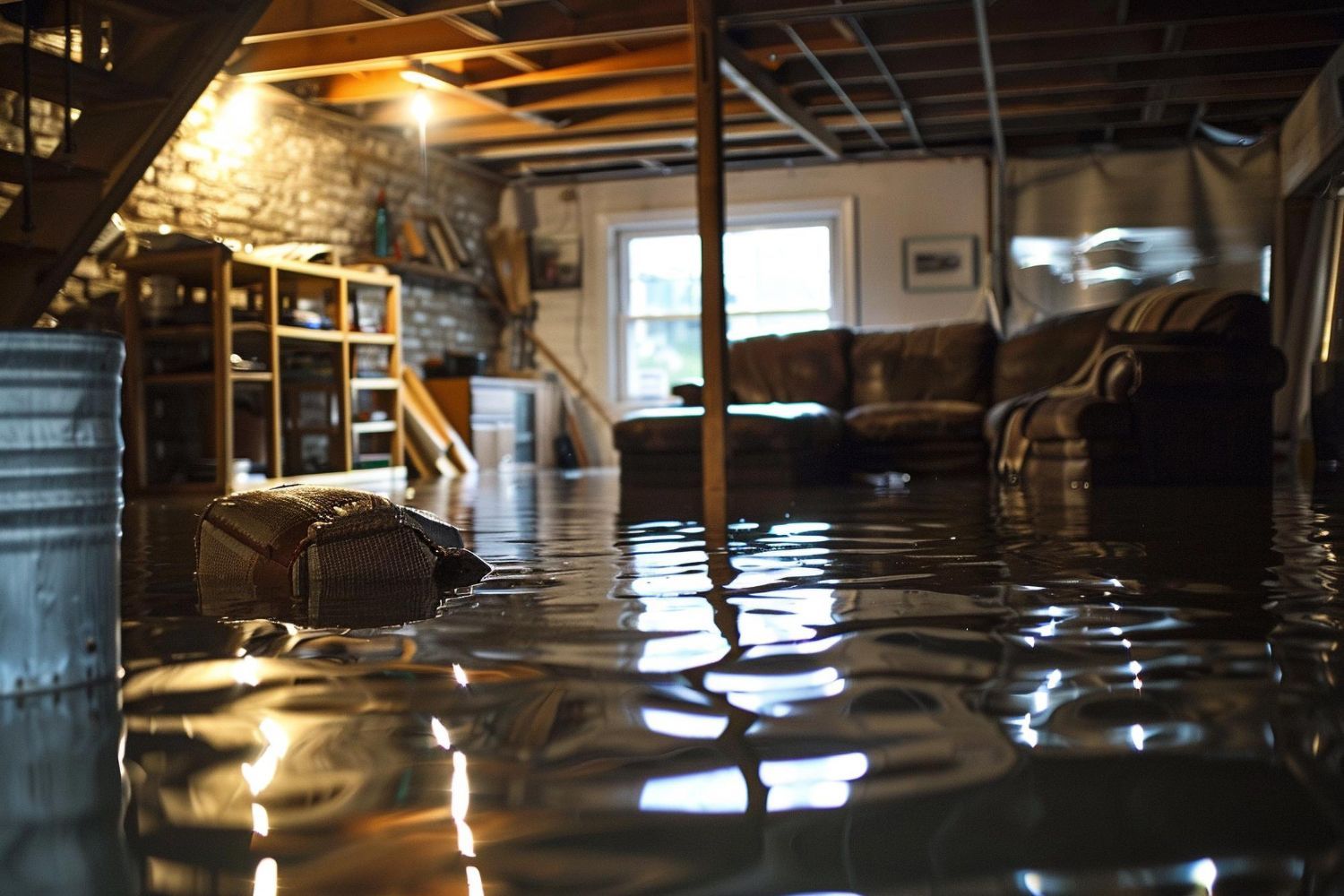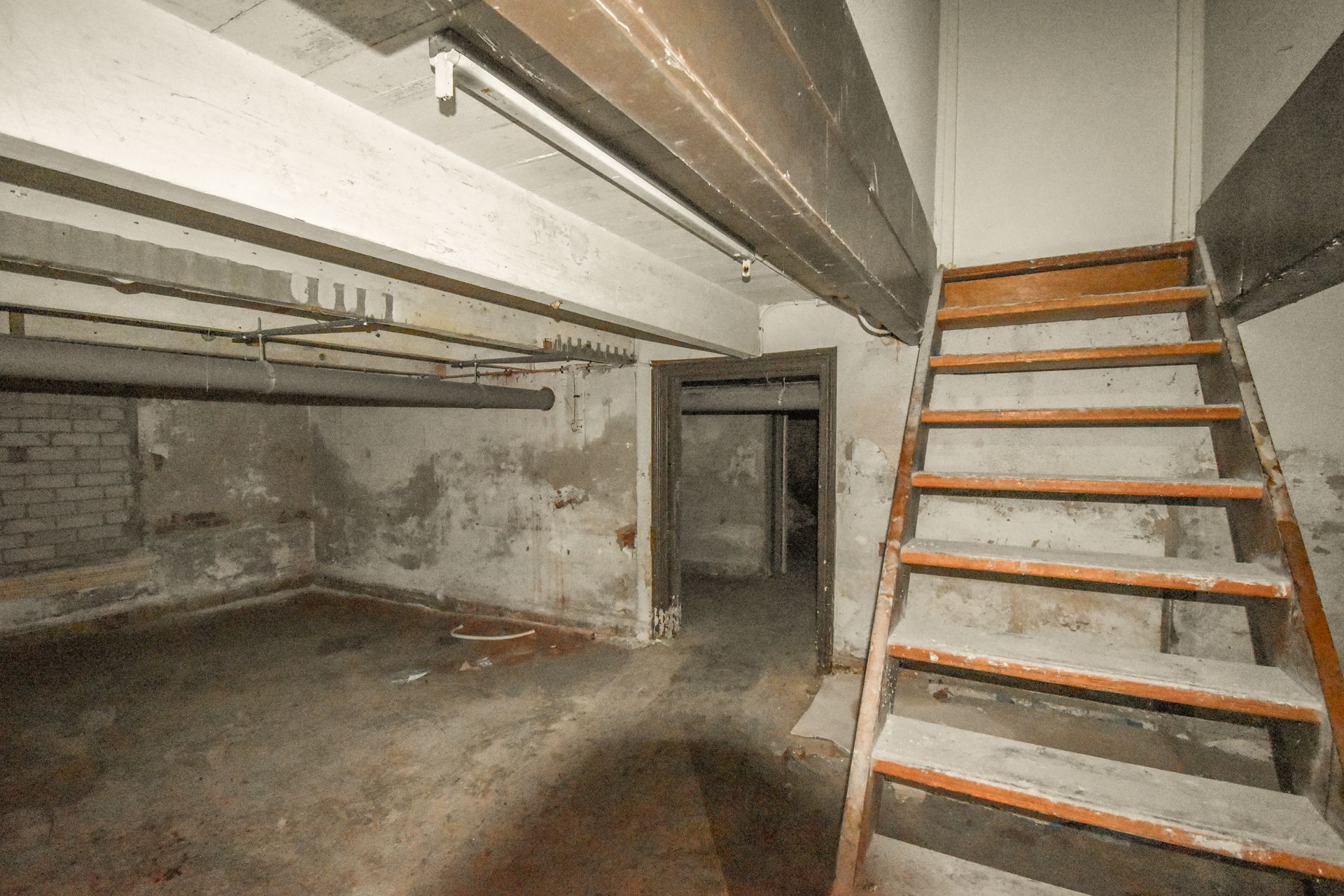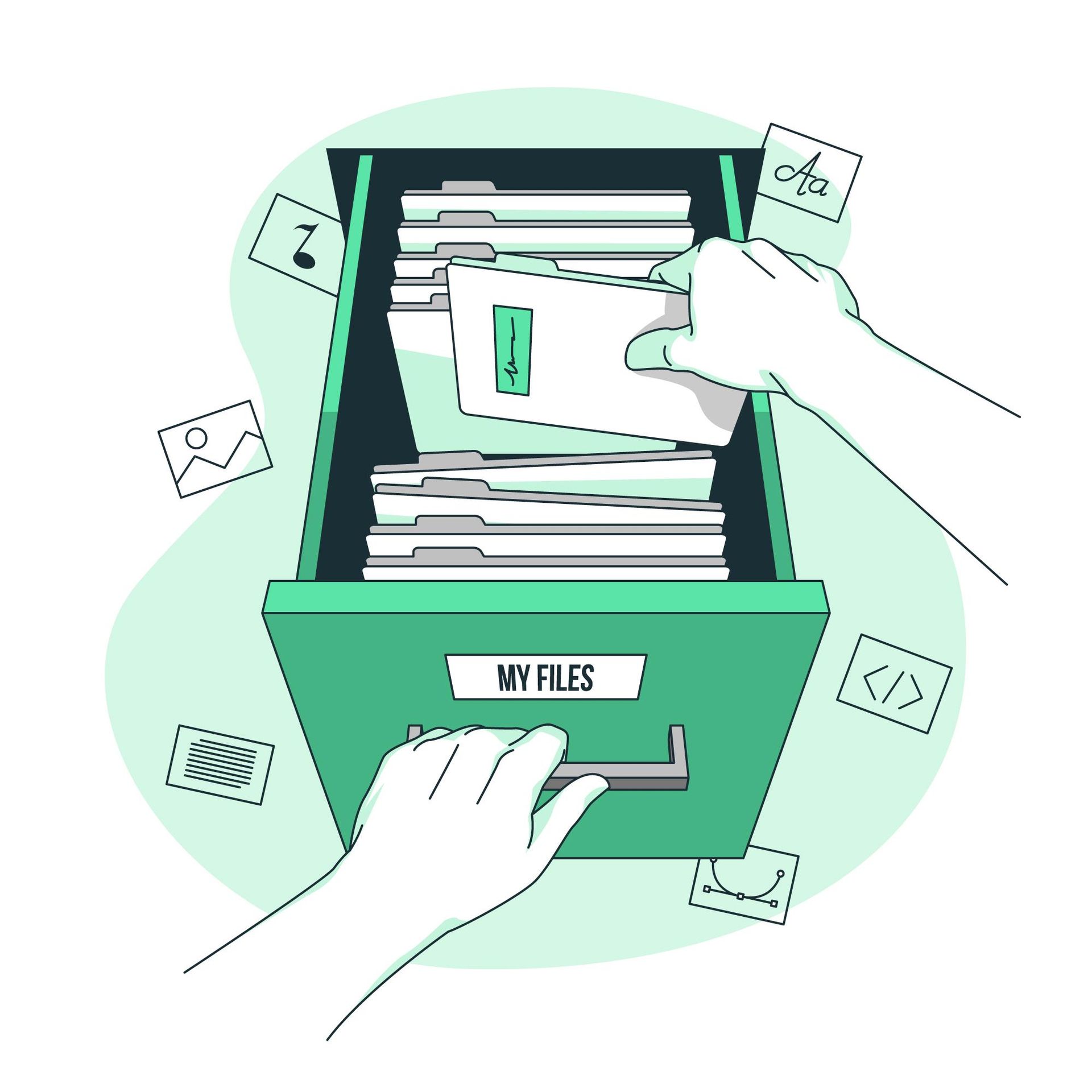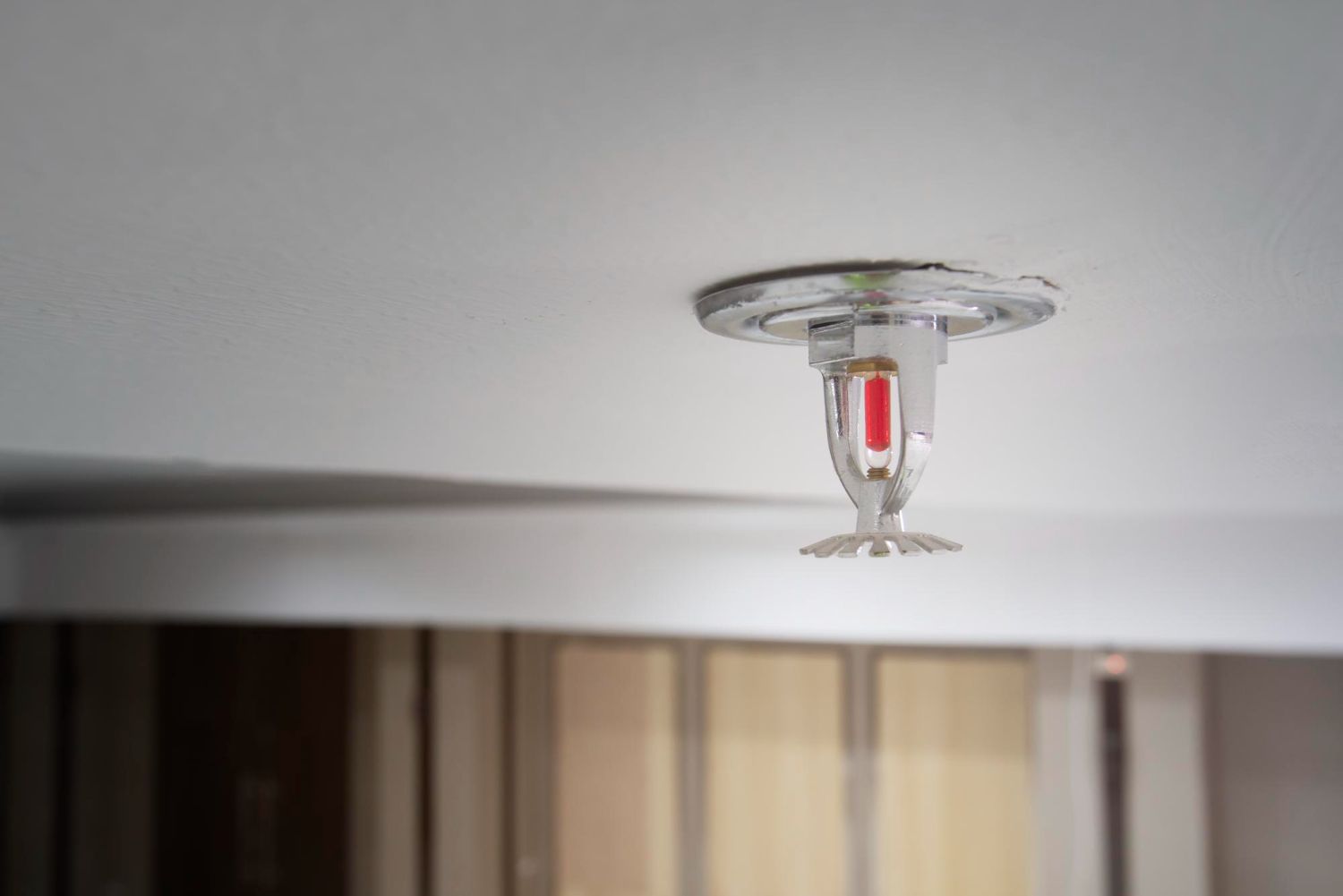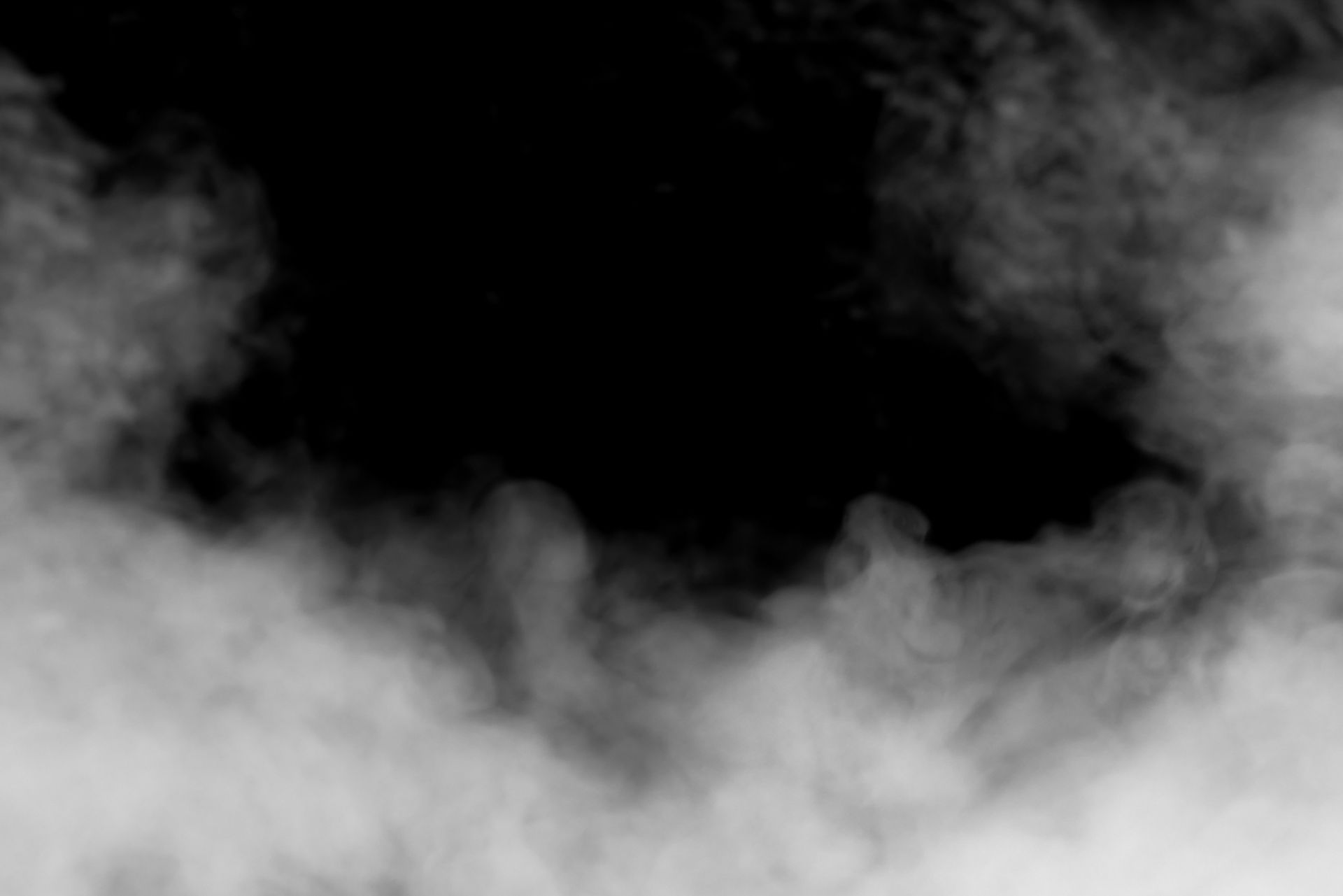Do you know the dangers of cleaning up sewage waste?
In Central Houston, do you know the dangers of sewage waste?
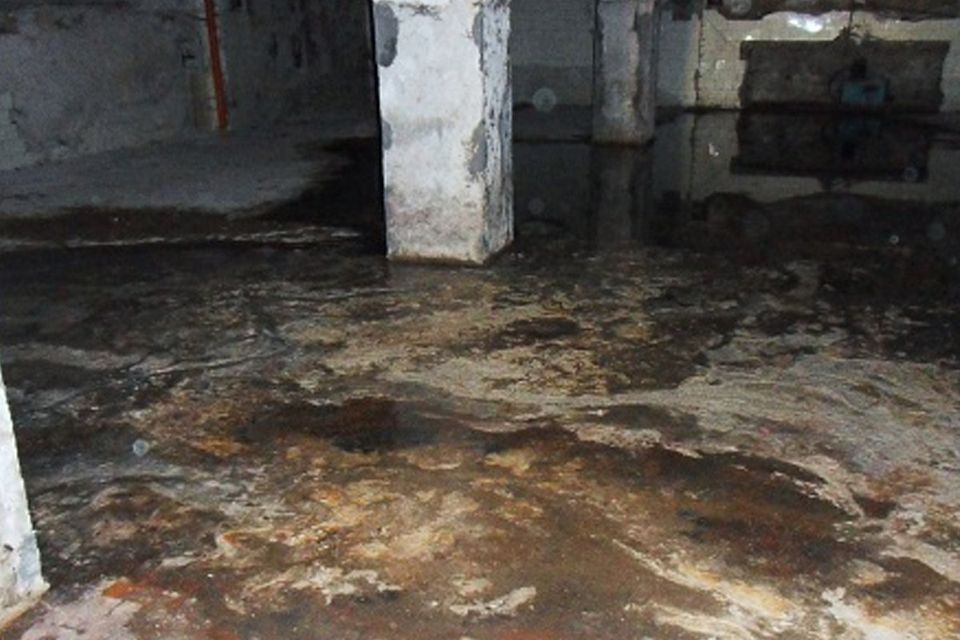
If you encounter any wastewater, then assume it is contaminated. Fecal Coliforms (a species of Ecoli) are present in all wastewater and live in the intestines of all warm-blooded animals, including humans. These bacteria are needed for such functions as digestion, but they are also pathogen indicators for such ailments as Cryptosporidia, Salmonella, Giardia, Cholera and Shigella.
Pathogens can be found in septic tanks, recirculating sand filters, distribution pipes and drain fields. They are present on everything that has been in contact with wastewater.
These wastewater pathogens can enter the body several ways, including:
Skin – Cuts and scratches will raise the chance of infection if you get splashed with wastewater.
Eyes – Hand to eye contact if wastewater particulates are on your hands.
Mouth – Especially when eating or drinking. Make sure not to wipe your face or hands with contaminated towels. The major route of infection is ingestion.
Lungs – Airborne microbes can enter the lungs by riding on dust, mist or fumes. Another danger is breathing in Endotoxins produced by bacteria. Breathing in these microbes could cause respiratory and intestinal inflammation, diarrhea, fatigue and nose irritations. This is common in sewer workers.
Air in the area of wastewater can also lead to respiratory exposure.
Common areas at work sites can also be extremely contaminated. The bacteria may be on tools, radio knobs, gear shifts, and vehicle door handles. Be mindful of these commonalities when you are eating lunch and hydrating yourself so you don’t ingest these pathogens.
Always remember to clean yourself immediately after wastewater exposure to stop the threat of infection!



